I still remember with clarity the evening in 1986 when I first saw the neatly stacked pile of boxes in St Nessans, a house in the heart of Sandyford village in south Co Dublin. The boxes were placed close to two elegant glass-fronted bookcases, filled to capacity with Irish history books and pamphlets.
St Nessans was the former home of Máire Comerford, “the grand old dame of Republicanism” as she was described by journalist John Healy, in his obituary following her death in December 1982, at the age of 89. Four years after she left her home for the final time in her Tricolour-draped coffin, her presence was still very evident in the house, with Celtic crosses from Long Kesh in nooks and crannies, a great big framed print of Robert Emmet hanging alongside a handsome Roger Casement, an oil portrait of a serene Alice Milligan, and a black and white photo of Máire’s delightfully aged and smiling face, sitting regally on the living room mantlepiece.
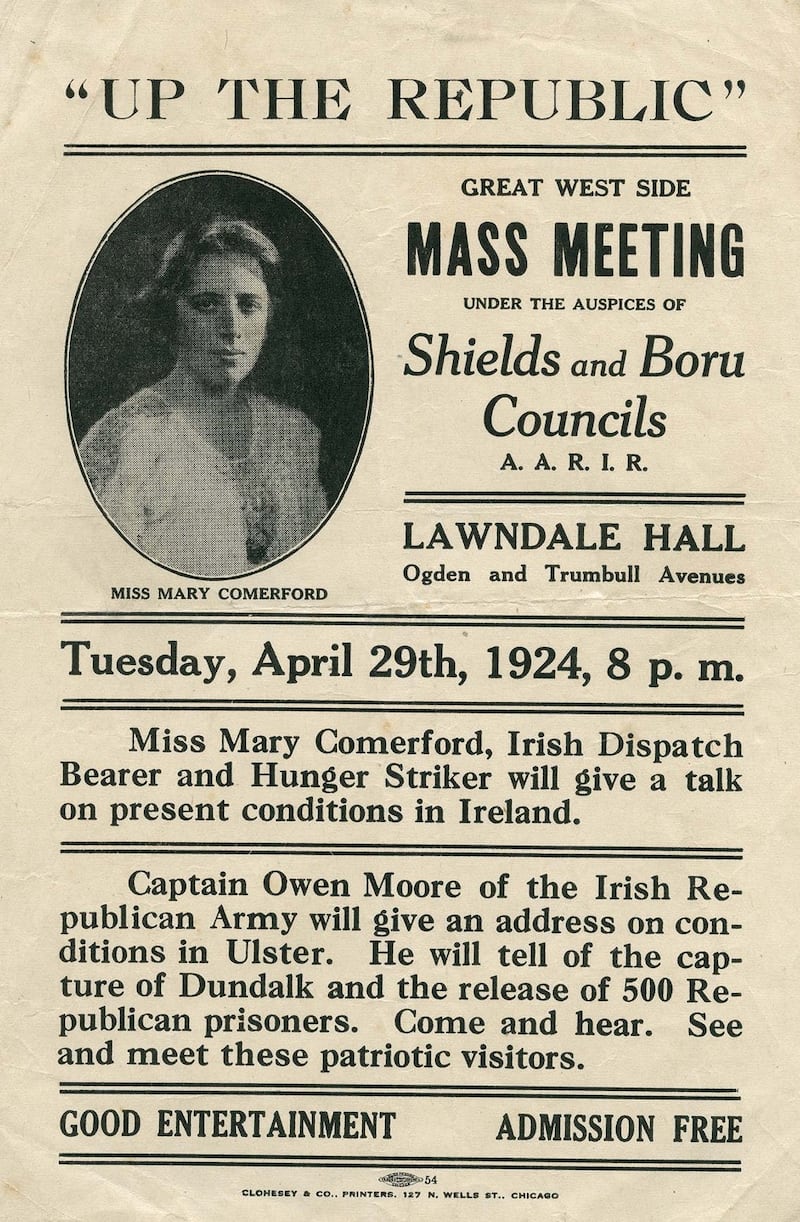
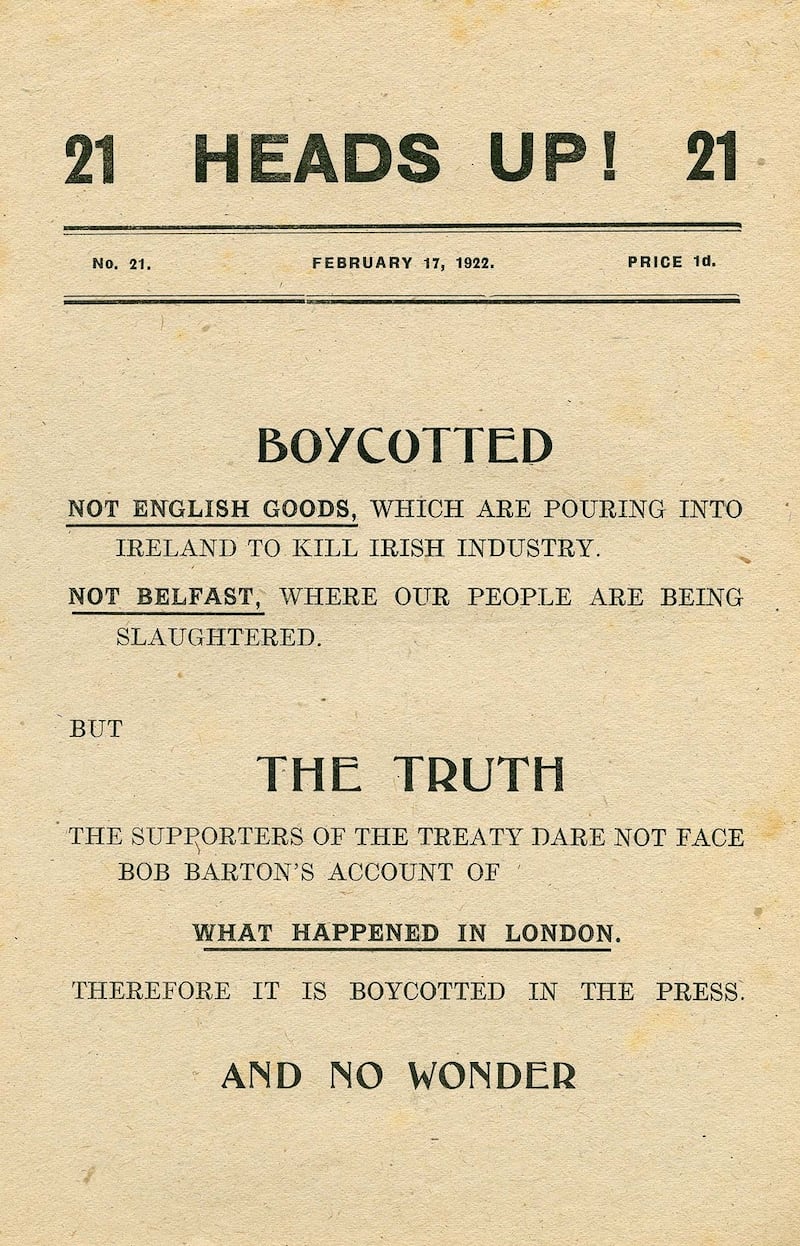
Her nephew, Joe Comerford, who would later become my husband, was the custodian of his beloved aunt’s papers and documents, and what a historical treasure trove this turned out to be. At the time I did not fully understand the extent and historical value of Máire’s archive, with papers, memorabilia and rare documents, collected assiduously in seventy years of republican activism. But it was only later, when I began the process of excavating her story from those boxes, that I found the real gem of the collection – Máire Comerford’s memoir of the Irish revolutionary period, entitled On Dangerous Ground.
Máire began to write her witness account in the 1950s and continued to amend and edit for the next 30 years, employing historical research, and consulting with old comrades and old enemies. The memoir was presented in neatly typed pages on thin sheets of paper, with various drafts and chapters scattered throughout the archive.
As I read her account of that tumultuous (and still strongly contested) period of Irish history, I was enthralled by her bravery, idealism and unbreakable commitment to fighting for an independent Irish Republic. I was also struck by the fact that she was, for all intents and purposes, a female combatant on a war footing in the Irish Revolution. When I finally returned to her archive in 2016, I was determined to bring her fascinating and important narrative to a wider audience.
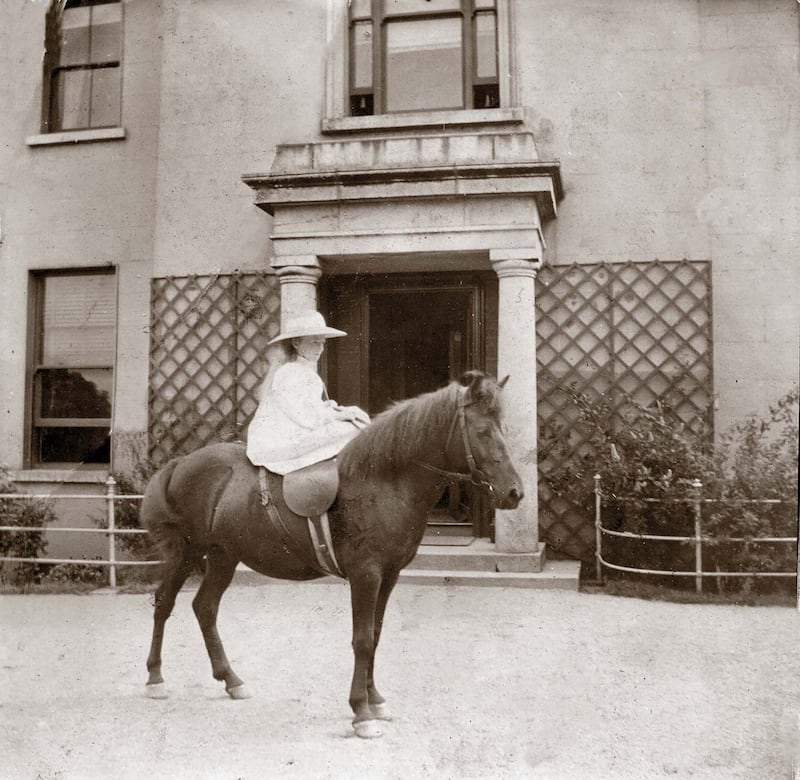
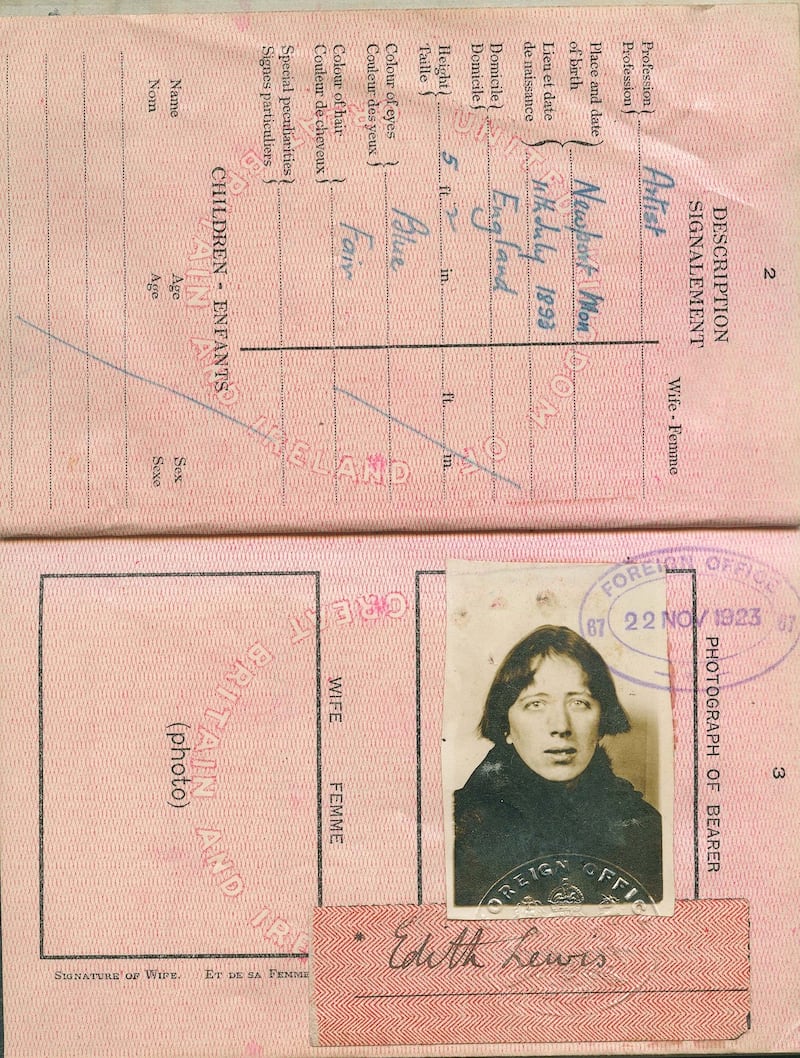
Máire Comerford was born in 1893 and as a young woman, living on the fringes of the gentry in Wexford, her life was set on a turbulent course when she joined in the struggle for independence from Britain. The memoir introduces a band of extraordinary women and men engaged in the same pursuit – some well-known, but many others lost to the footnotes of history. This great citizen army, mobilised in common cause, is surely one of the most intriguing aspects of the Irish War of Independence; On Dangerous Ground brings us closer to understanding how this worked on a day-to day basis.
With her boots on the ground, or aboard her trusty bicycle, and latterly in stubbornly unreliable cars, Máire Comerford traversed the country in the republican cause. This unity of purpose, described so vividly in the memoir, turns to stark poignancy as she relates and analyses the soul-crushing aftermath of the Treaty, signed in December 1921. The Civil War that followed was both a human and a national tragedy, when former comrades found themselves engaged in a brutal and miserable war against each other.
As historian Margaret Ward writes in her introduction to On Dangerous Ground: “There is real emotional punch not only in the fact that Máire witnessed the deaths of so many friends and comrades, but in the realization that their youthful dreams had met the brutal reality of an imperial power that knew how to manipulate to its own ends.”
Almost 40 years after Máire Comerford’s death, On Dangerous Ground is finally to be published by Lilliput Press. Many important books about this period written by historians have been, and will continue to be, published, to coincide with the Decade of Centenaries. What makes On Dangerous Ground so special is that it may well be one of the last comprehensive witness accounts of the revolutionary period to emerge into the public realm.
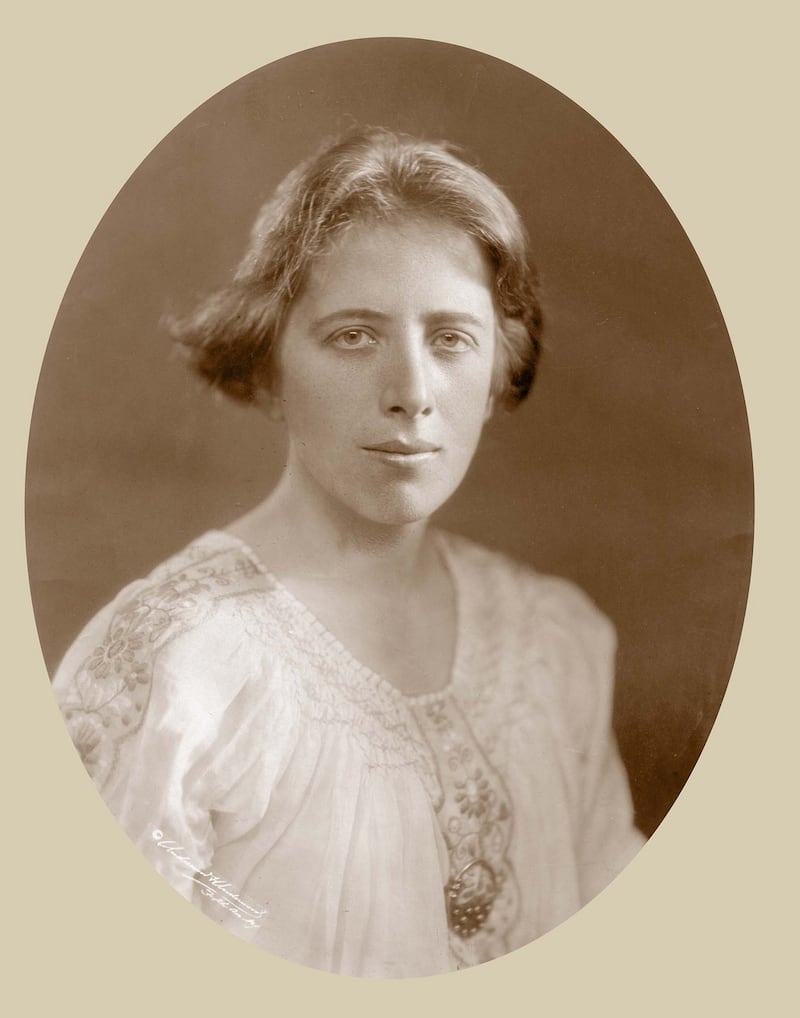
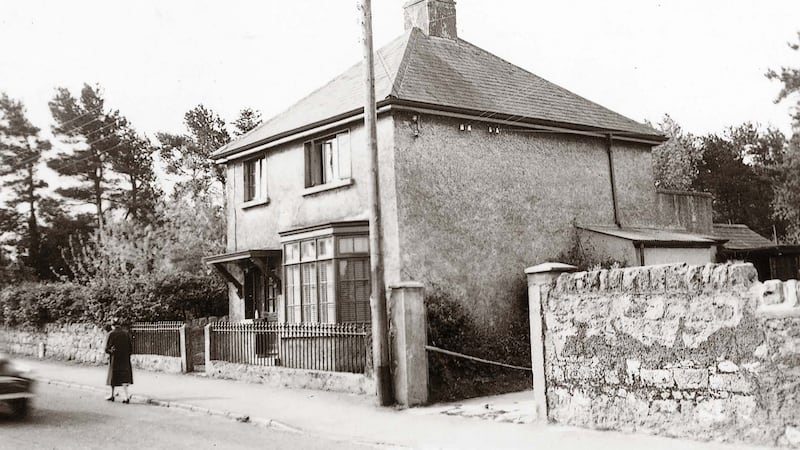
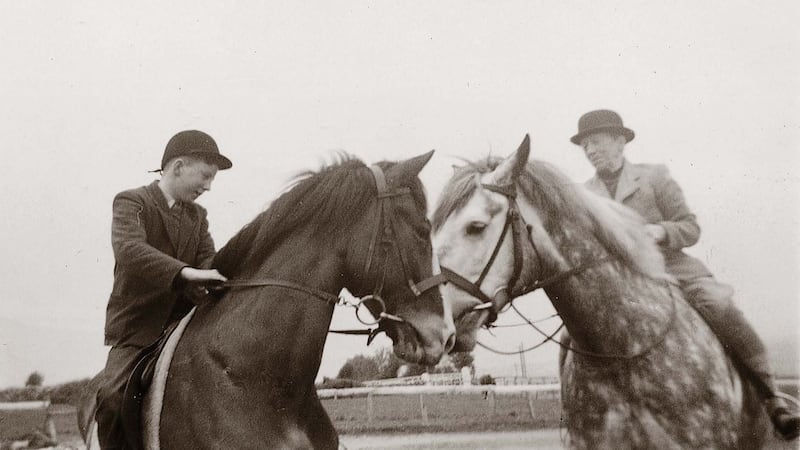
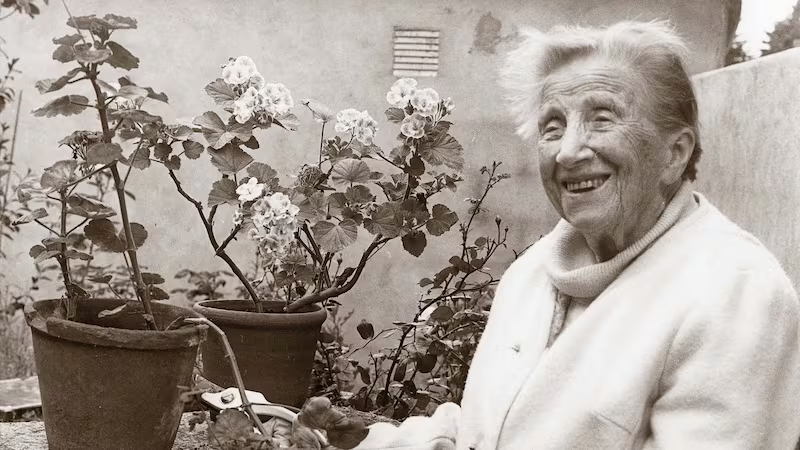
As Máire herself wrote in the latter years of her life: “Only now have I leisure to ponder over the events where I was a participant in hot blood, while still in the prime of my life. It was interesting to test everything; what my comrades and I hoped to achieve; what we in fact did, or did not, achieve; who stopped us, and how they did it.”
As we move towards the centenary of the Treaty and the Civil War, and with the partition of Ireland still an ongoing wound on the national psyche, I would like to think that Máire Comerford, who devoted her long life to the republican cause, would heartedly appreciate the timing of the publication.
On Dangerous Ground by Máire Comerford, edited by Hilary Dully, is published by Lilliput Press












